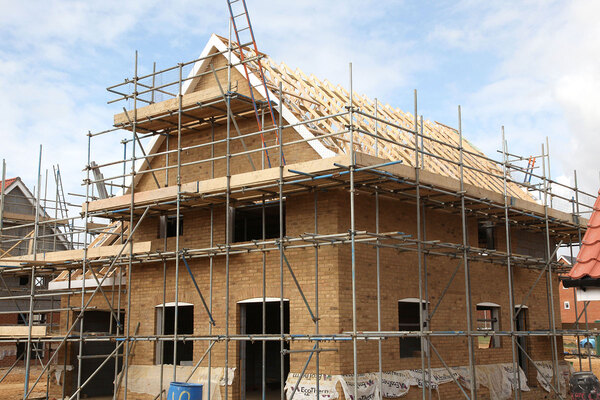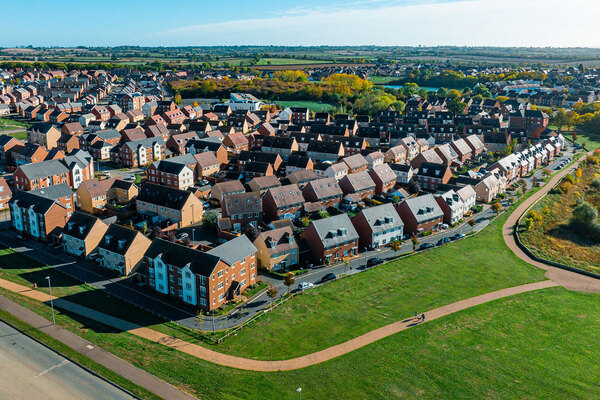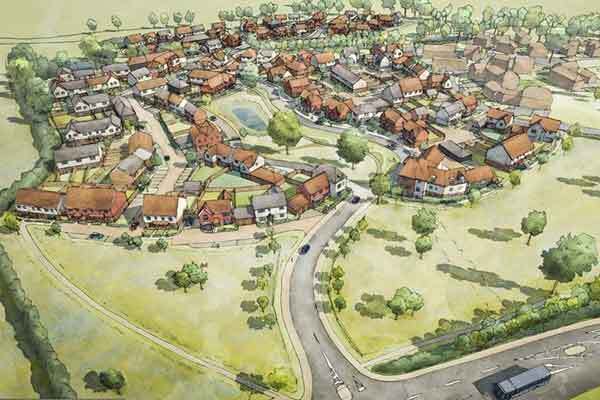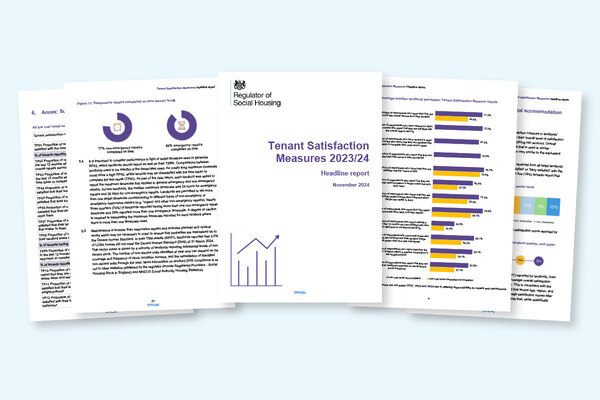You are viewing 1 of your 1 free articles
Number of homes owned by for-profit providers to treble by 2028, report finds
The number of homes owned by for-profit registered providers is set to treble to 86,000 by the end of 2028, a report has found.
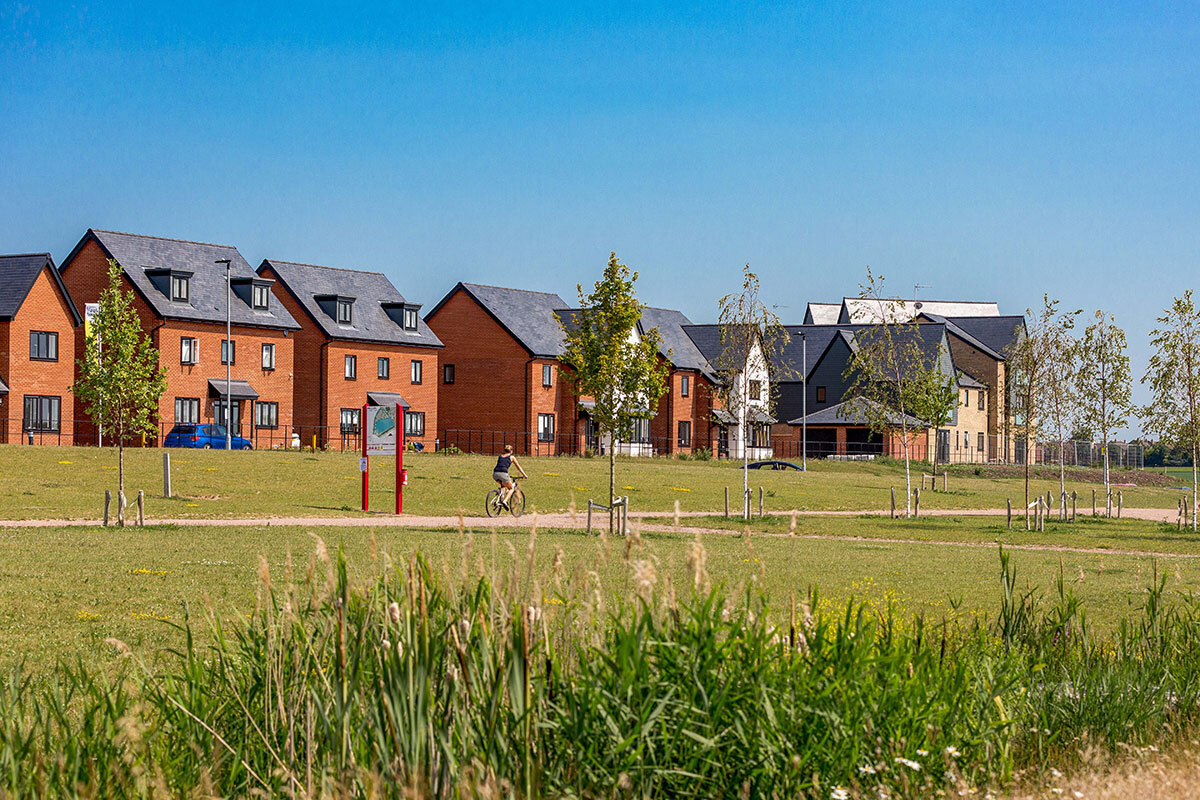
Knight Frank’s latest affordable housing report also noted an increase in the number of private sale homes being switched to shared ownership or other affordable tenures, with a quarter of properties absorbed or sold in the first three months of 2024 in London switched to affordable.
According to the property consultancy, there were 69 for-profit registered providers at the start of 2024, a number that has more than tripled in the past decade.
For-profits now own 29,272 affordable homes – a figure that has grown 40% since 2022. However, these homes represent just 0.9% of overall affordable housing stock.
The report said: “Projections and current delivery rates mean we estimate that institutional ownership will nearly treble over the coming five years, rising to more than 86,000 homes by the end of 2028.”
Even then, it noted that “it will still only account for a small portion of the market”. In the short term, the rising cost of capital “may act as a constraint to future growth” of existing for-profits.
However, the authors added: “We expect to see greater levels of activity from new entrants in the coming years.”
The report noted that non-profit housing associations are “near to borrowing limits” and facing decarbonisations and fire remediation costs.
“While in previous market downturns housing associations have played a key role in maintaining housing supply, they are unlikely to be able to deliver at higher volumes over the coming years,” it said.
This will present “more opportunities” for for-profit registered providers and investors to build their development programmes, particularly through the increased use of partnerships.
Knight Frank also noted that in the absence of any other government schemes and a slower sales market, it is likely that an increasing number of private homes will be switched to shared ownership or other affordable tenures.
Data from Molior, for example, showed that in London, a quarter of the properties absorbed or sold in the first three months of the year were switched to affordable.
A survey of affordable housing investors conducted by Knight Frank found that 77% of respondents planned to increase their investment into affordable housing over the next five years. However, 50% of respondents identified a lack of subsidy or grant funding as the biggest obstacle to increasing supply.
Paul Hawkey, head of affordable housing at Knight Frank, said: “Over the past few years there has been a significant increase in institutional capital looking at the affordable housing sector. While higher financing costs may have put the brakes on some of that growth, overall demand remains strong, and will increase as costs ease.”
He explained that “there are new opportunities for developers beyond the traditional investors and deal structures considered in the past, particularly when it comes to selling and acquiring Section 106 stock”.
He continued: “The potential for partnerships between for-profit registered providers, local authorities developers and housing associations is also growing, supported by a willingness on the part of many for-profit registered providers to find innovative solutions to deliver and fund development amid a challenging backdrop.”
In May, Inside Housing revealed that house builders are increasingly looking to set up their own for-profits as they struggle to find housing association partners for the Section 106 elements of their sites.
Sign up for our development and finance newsletter
Already have an account? Click here to manage your newsletters
